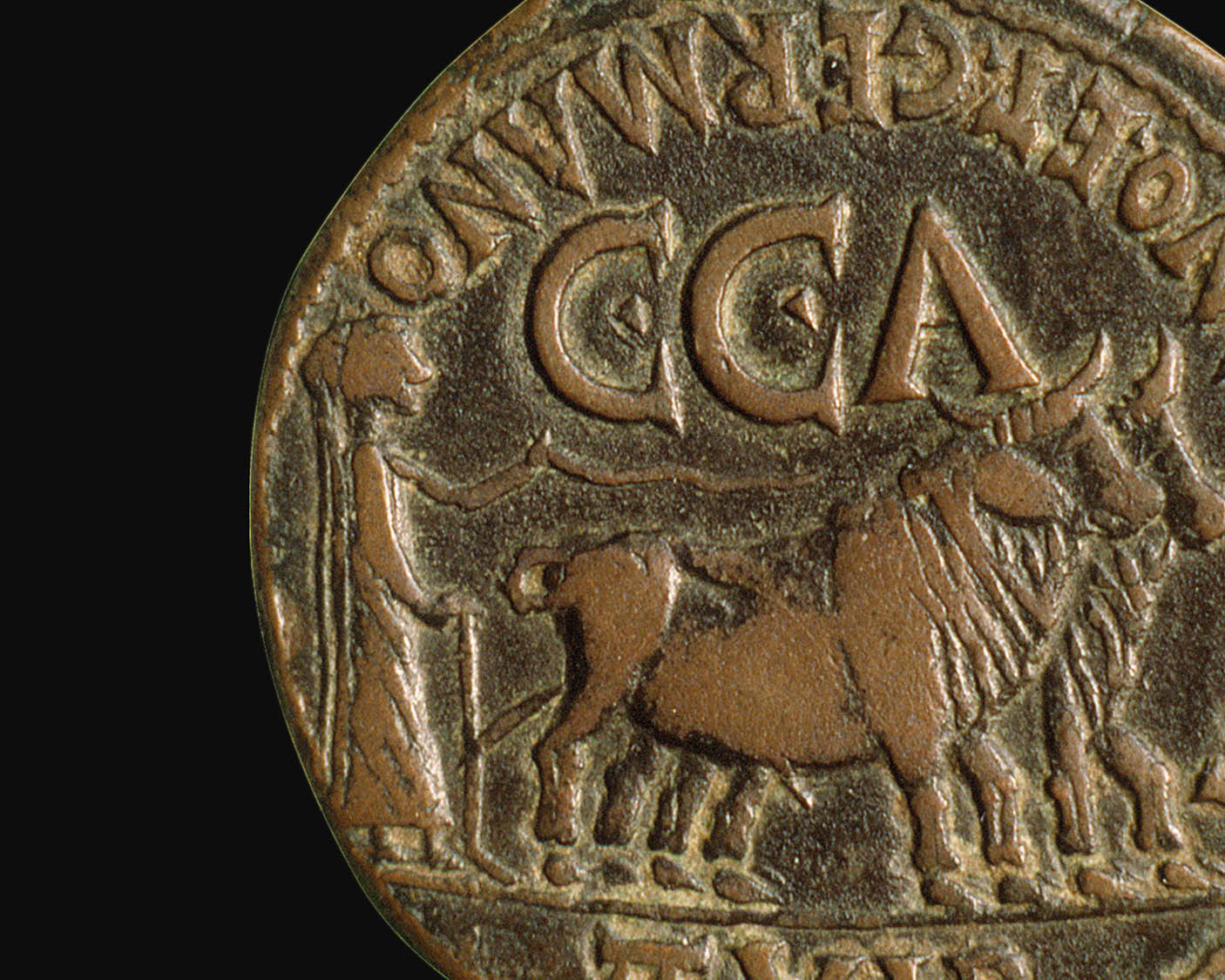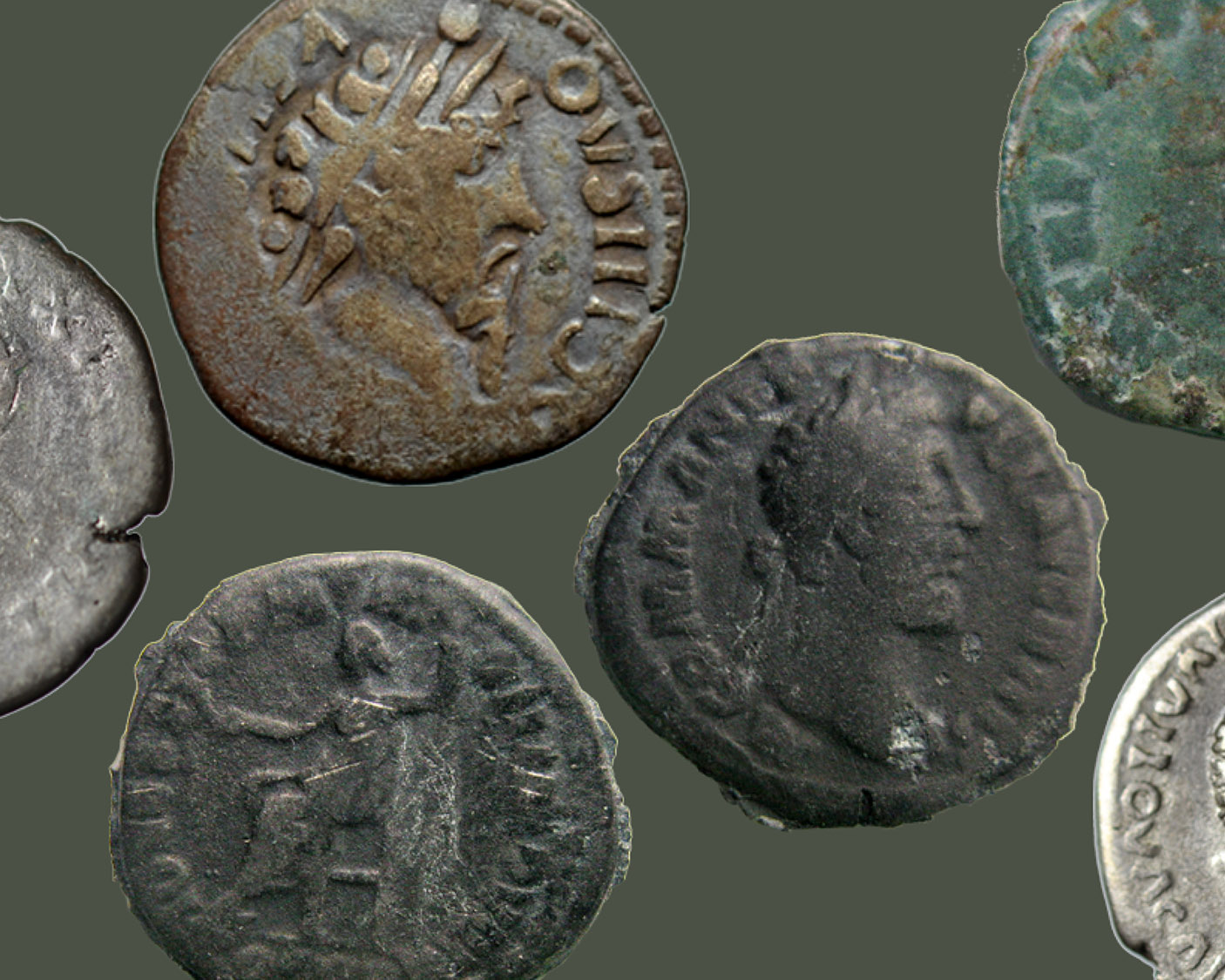What Is Inflation?
Money
Money, as a medium of exchange, progressively replaced self-sufficiency and barter.
Money provides a common scale against which all kinds of goods may be measured.
Money is typically a storable object or unit of account.
Money may be privately weighed or officially stamped.
Money may have intrinsic value and/or be an accepted unit of account backed by a charter that is accepted by the community or state-enforced.
Money has now become a virtual object, stored by computers and electronically transmitted.
Price, Price Index, and Inflation
Price
Price is the quantity of monetary units (or units of account) that an object commands during a specific transaction.
Price index
A price index is a normalized average of prices for a category of goods and services, measured in a given geographic area and valid for a specific period of time.
Inflation
Inflation is the percentage change over a period of time in the level of a price index.
Full-Value Coins and Inflation
The Greeks and Romans used gold, silver, and copper alloys to mint coins. Gold and silver coins often had an exchange value very close to the value of the metal of which they were made. The purchasing power of coinage was thus protected by its intrinsic content.
However, significant discoveries of new sources of gold and silver did occur and affected the purchasing power of precious metals. The systematic exploitation of the Spanish mines by the Romans from the 3rd century BC onward produced between 7,500 and 12,000 metric tons of silver.
We can see the effect of the increase in silver supply in the prices of ancient Egypt. In the 3rd century BC, about 3.5 grams of silver could buy 40 liters of wheat. Two centuries later, roughly twice the amount of silver was needed to buy the same amount. This is an average annual inflation compound rate of 0.35%.
The same phenomenon occurred when Europeans started to unleash the gold and silver reserves of the Americas after 1492. 17,000 metric tons of silver reached Spain between 1500 and 1620. In these years, prices in Europe increased three to four-fold, implying an annual inflation rate of 0.9% to 1.1%.
During the 19th century, the industrial revolution allowed for a productivity increase that exceeded the increase in the supply of gold and silver. Consequently, the gold standard, which limited the fresh supply of money, led to a 47% decline in current dollar prices between 1800 and 1900, equivalent to an average annual price decline of 0.6%.
The Quantity Equation of Money
Both ancient Romans and Chinese Imperial administrators understood from early on that the general level of prices was impacted by the availability of the physical supply of money.
The Quantity Equation of Money proper, that connects the money supply with its velocity, the general level of prices and the actual number of transactions in the overall economy, was developed in its current form, notably by Irving Fisher, Milton Friedman, Philip Cagan and Robert E Lucas Jr.





